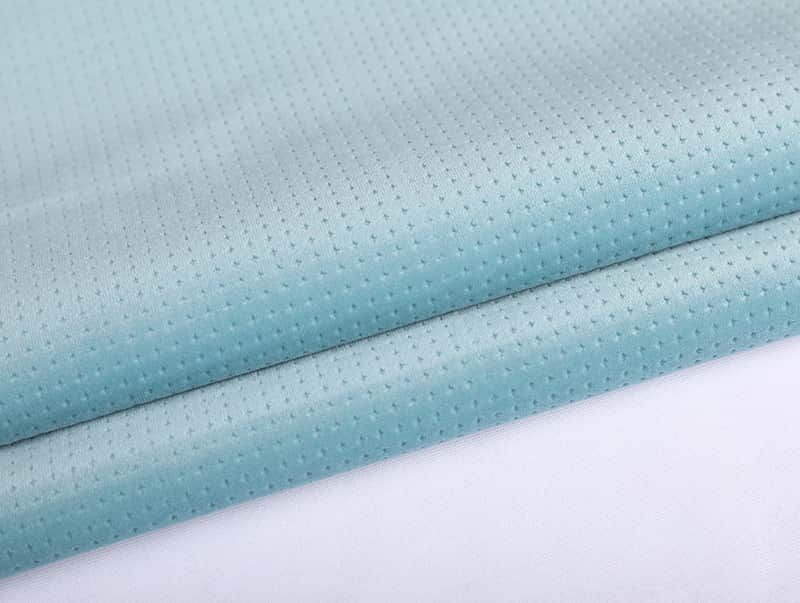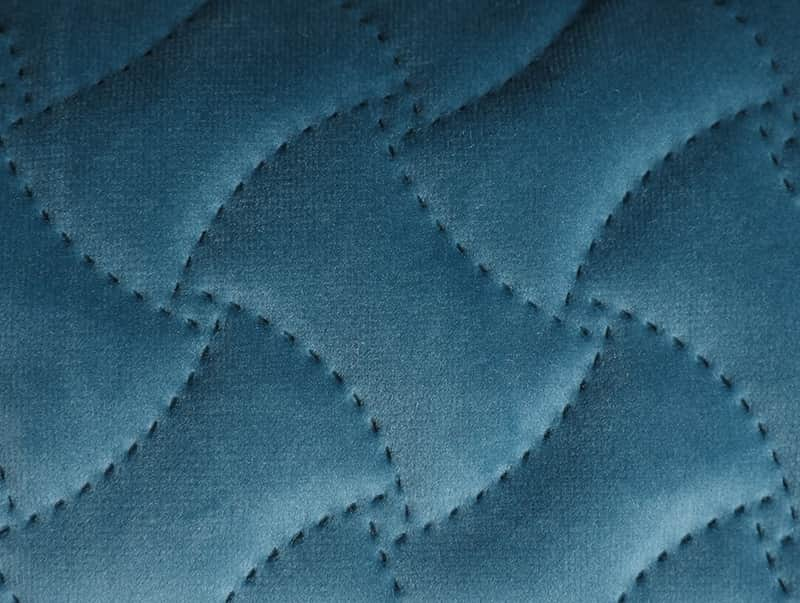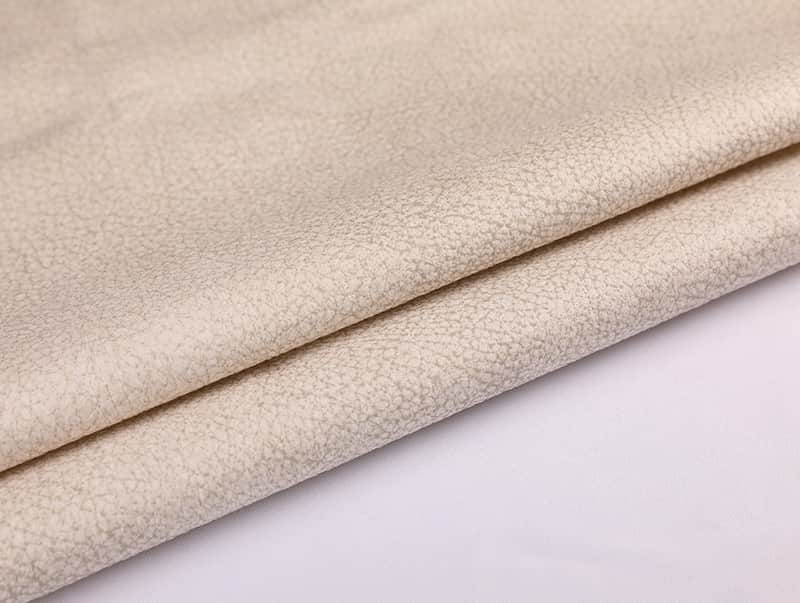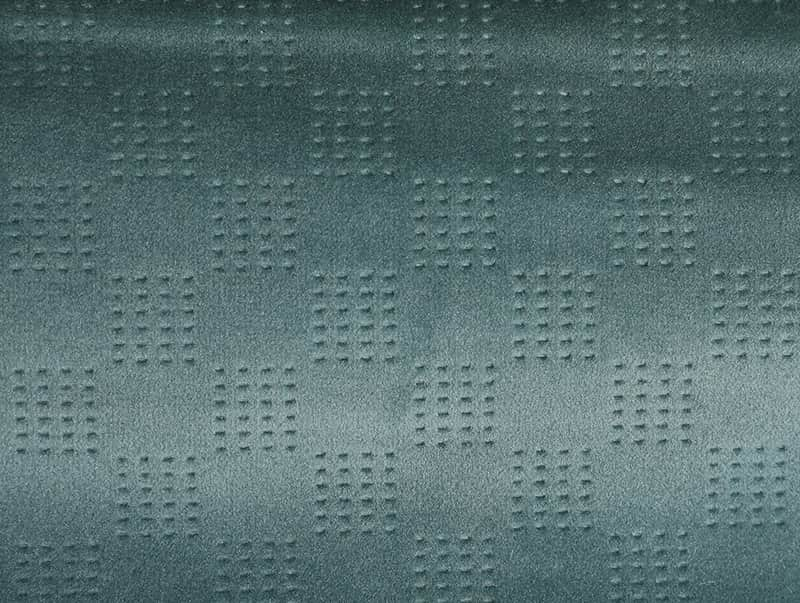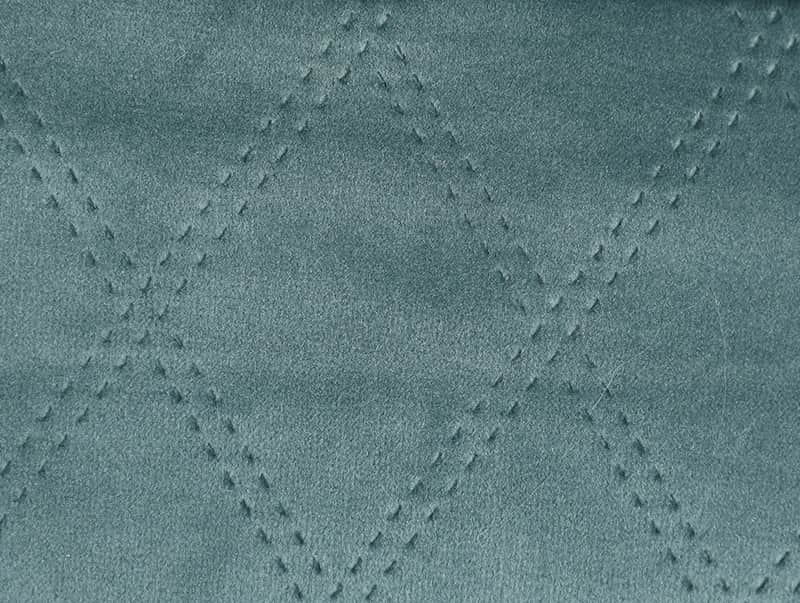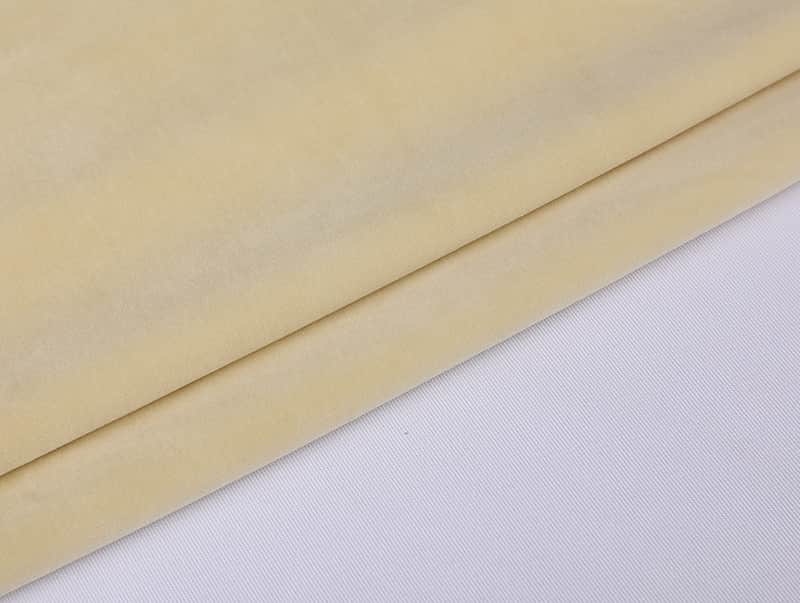Enhancing the breathability of polyester fabrics for casual clothing involves various methods and treatments designed to improve air circulation and moisture management. Here are some typical methods used to achieve this:
1. Fabric Weave and Structure
Mesh Weave: Incorporating a mesh weave or open-knit structure into polyester fabrics can significantly increase breathability. This weave allows more air to pass through the fabric, enhancing ventilation and cooling.
Microfiber Construction: Using microfibers in polyester fabric can create a finer, more porous structure that improves breathability and moisture-wicking capabilities.
2. Moisture-Wicking Treatments
Moisture-Wicking Finishes: Applying moisture-wicking finishes to polyester fabric helps to pull moisture away from the skin and transport it to the surface of the fabric, where it evaporates more quickly. This treatment improves comfort and helps keep the wearer dry.
Hydrophilic Coatings: Coating polyester fibers with hydrophilic (water-attracting) agents enhances their ability to absorb and manage moisture, further improving breathability.
3. Ventilation Features
Mesh Panels: Incorporating mesh panels or inserts into casual clothing designs can enhance breathability in key areas such as underarms, back, or sides. These panels provide additional airflow and cooling.
Perforations: Adding small perforations or laser-cut holes to the fabric can improve air circulation and reduce heat buildup.
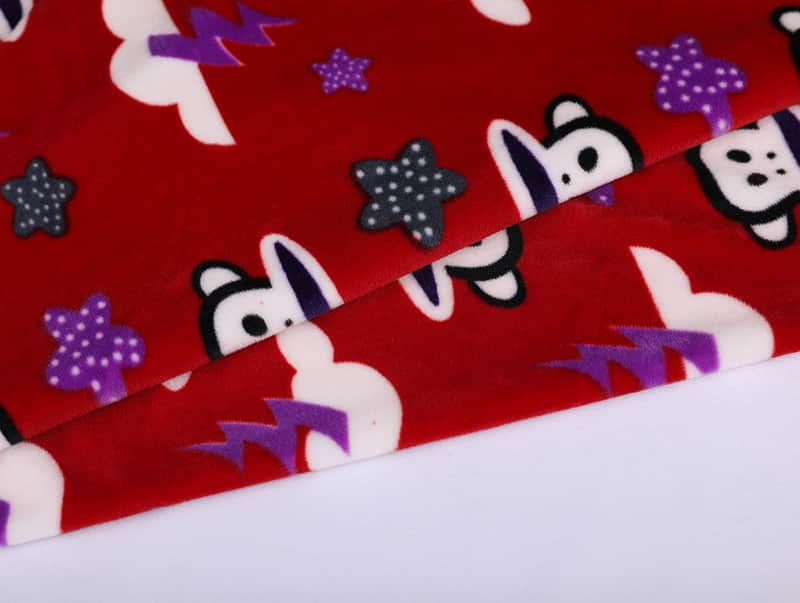
4. Advanced Fabric Technologies
Cooling Technologies: Some polyester fabrics are treated with advanced cooling technologies that enhance breathability and temperature regulation. These technologies may include special fibers or treatments that actively cool the fabric when exposed to sweat or heat.
3D Fabric Structures: Using 3D fabric constructions, such as spacer fabrics, creates a layer of air between the fabric layers. This structure enhances ventilation and improves breathability.
5. Blending with Other Fibers
Blended Fabrics: Blending polyester with breathable natural fibers like cotton or with performance fibers like bamboo can enhance the overall breathability of the fabric. These blends combine the benefits of both materials to improve comfort and airflow.
Hybrid Fabrics: Combining polyester with other synthetic fibers that offer additional breathability features can optimize performance. For example, blending polyester with nylon or elastane can enhance flexibility and air permeability.
6. Moisture-Resistant Finishes
Water-Repellent Treatments: Applying water-repellent finishes to polyester fabric can prevent water from saturating the fabric, which helps maintain breathability by keeping the fabric dry and allowing air to pass through more easily.
7. Fabric Weight and Thickness
Lightweight Fabrics: Using lightweight polyester fabrics can improve breathability by reducing the overall density of the fabric, allowing for better air circulation.
Thin Fabrics: Employing thinner polyester fabrics can enhance breathability, as they allow more air to pass through compared to thicker materials.
Enhancing the breathability of polyester fabrics for casual clothing involves a combination of fabric construction techniques, moisture-wicking and cooling treatments, ventilation features, and fiber blends. These methods improve air circulation, moisture management, and overall comfort, making polyester garments more suitable for active and everyday wear.
